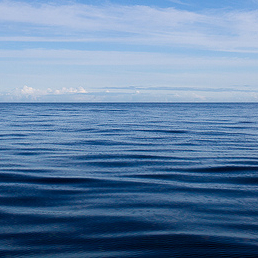Ports plan for time when mines don't lead
 Government reports have considered what will be done with the massive port and rail networks built for resource projects, when the mining industry fades.
Government reports have considered what will be done with the massive port and rail networks built for resource projects, when the mining industry fades.
The Federal Government’s Export Finance and Insurance Corporation’s (EFIC) Export Monitor newsletter looks at the future for exports to Asia beyond commodities.
“Tourism and education exports will continue their rapid expansion, driven by especially strong demand from China and other large Asian economies,” said EFIC’s senior economist Cassandra Winzenried.
The authorities expect agricultural export values will reach a record $41 billion in 2013-14.
“Australian businesses are winning niche sales in premium markets, by trading on Australia’s ‘clean and green’ image,” Winzenried says.
“Australia’s mid-sized food businesses are in a great position to capitalise on rapidly growing Asian consumer demand for scandal-free products.
“Foreign investment trends and trade policy developments will boost non-resource export potential.”
Australian investment in China constitutes just 2 per cent of Australia’s overseas money moves, but Australia’s investment in China has increased by an annual rate of about 33 per cent in the five years to 2013.
“Australian investment into Asia looks set to continue its rapid ascent, reinforcing the strong trade relationship. However, the stubbornly high Australian dollar is weighing on current export conditions.”
A recent survey of industrial trends found that about 2 per cent of respondents expected exports to decline in the next three months — it was the first time a negative reading has been made since 2011.
“RBA Governor Glenn Stevens has suggested the dollar is high by most standard metrics, and a correction would certainly provide welcome respite to Australian exporters,” Winzenried says.








 Print
Print